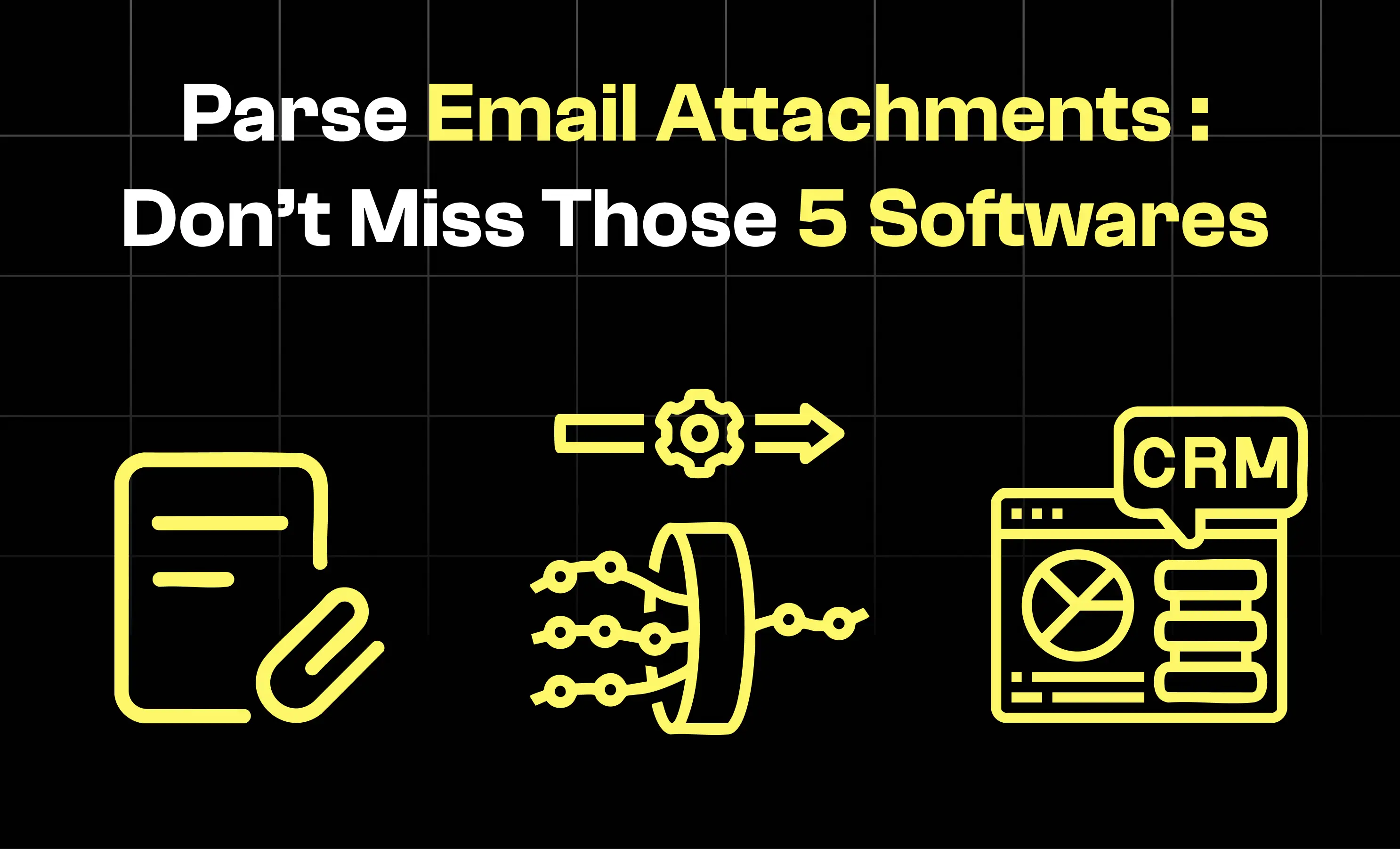
Discover the top 5 software for parsing email attachments in 2025. Automate extraction of PDFs, images, CSVs and improve workflow efficiency.
Comparatives
Dernière mise à jour :
October 22, 2025
5 minutes
How can companies quickly deploy autonomous agent systems? Here, we focus on ready-to-use solutions (not raw frameworks). Yes, they often cost more, but they can be configured by non-technical teams, which is a real advantage for moving fast.
Discover the 10 best ready-to-use AI agents in 2025. Deploy them in less than a week, boost workflows, and automate processes without coding.
At Koncile, we remain skeptical about the recurring claims that AI will simply replace employees — a topic often raised by The Wall Street Journal. That said, every department can now adopt AI agents to accelerate repetitive or time-consuming workflows.
These tools can be deployed relatively quickly — often in just a few weeks. Unlike traditional automation systems based on rigid rules, AI agents can make autonomous decisions and adapt their behavior to context.
So here’s our take on the 10 best agent-building platforms.
What do they let you do? Create agents that interact with your data, your customers, your suppliers, and more — all in no-code, without being a developer.

Botpress is one of the longstanding platforms for building conversational agents. The platform is robust, feature-rich, and primarily designed for developers.
What’s great — and also a double-edged sword — is the sheer amount of customization it offers. One of their slogans, “by developers, for developers,” sums it up perfectly: the power is there, but you need to be comfortable with code to get the most out of it.

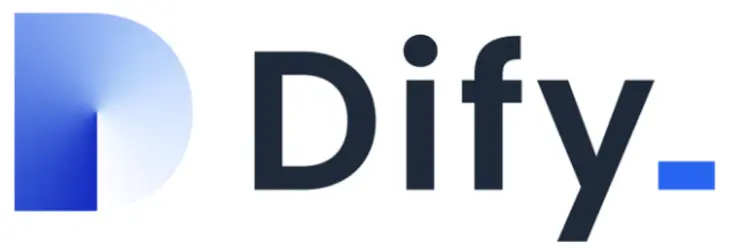
Dify focuses on orchestration and ease of use. It offers a marketplace of connected tools and ready-to-use templates, which makes onboarding smoother. It also integrates well with document workflows, including invoice OCR automation, allowing teams to extract and process data directly within their pipeline
A big advantage is the self-hosting option. For companies sensitive to privacy, that’s a real plus. But it’s still a more technical choice than pure SaaS.
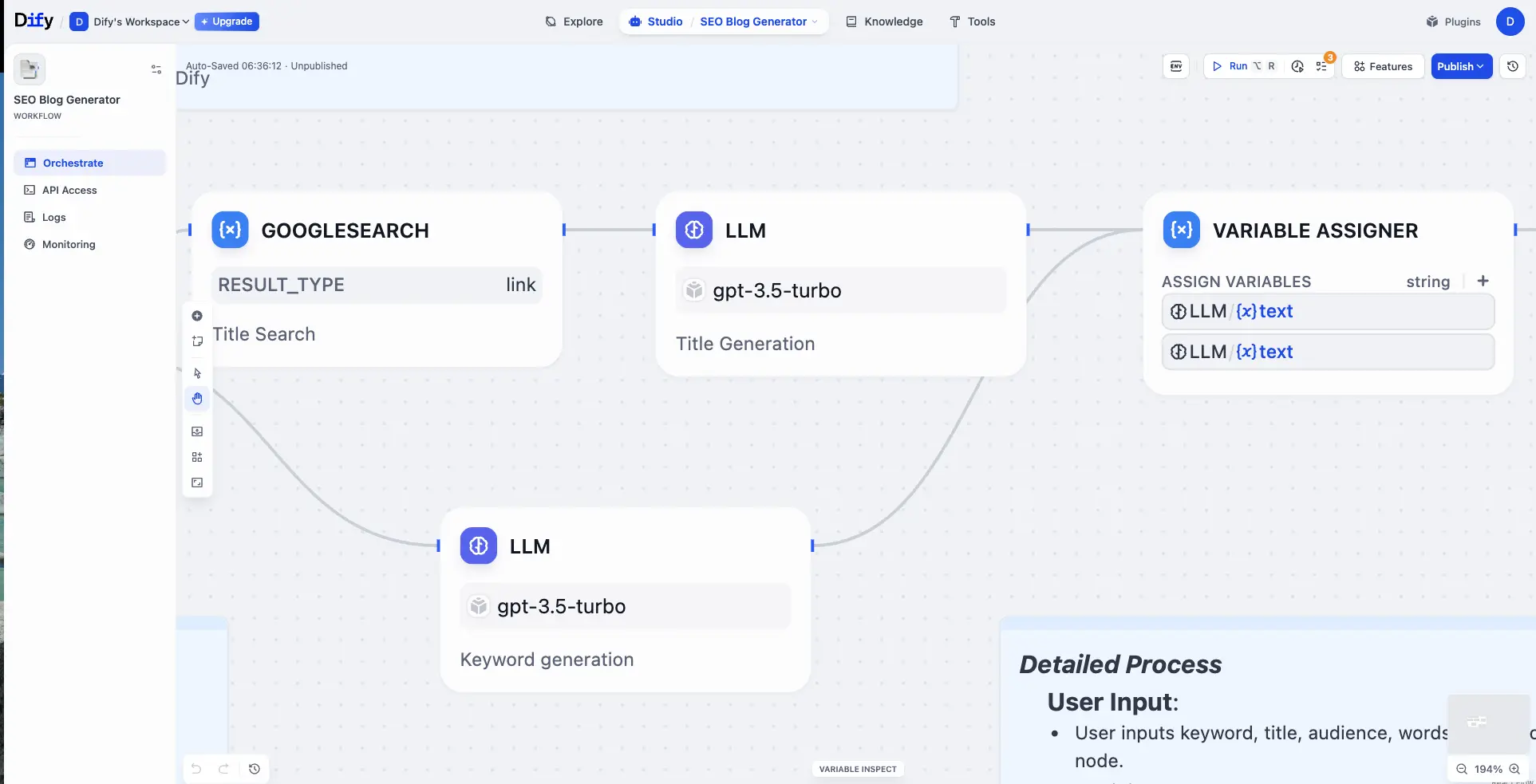
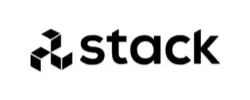
StackAI positions itself as a no-code/low-code tool to build internal agents and automate workflows. It strikes a good balance between quick prototyping and production.
It feels designed for businesses: role management, permissions, audit trails. But some advanced integrations are still missing, which can hold back more ambitious projects.
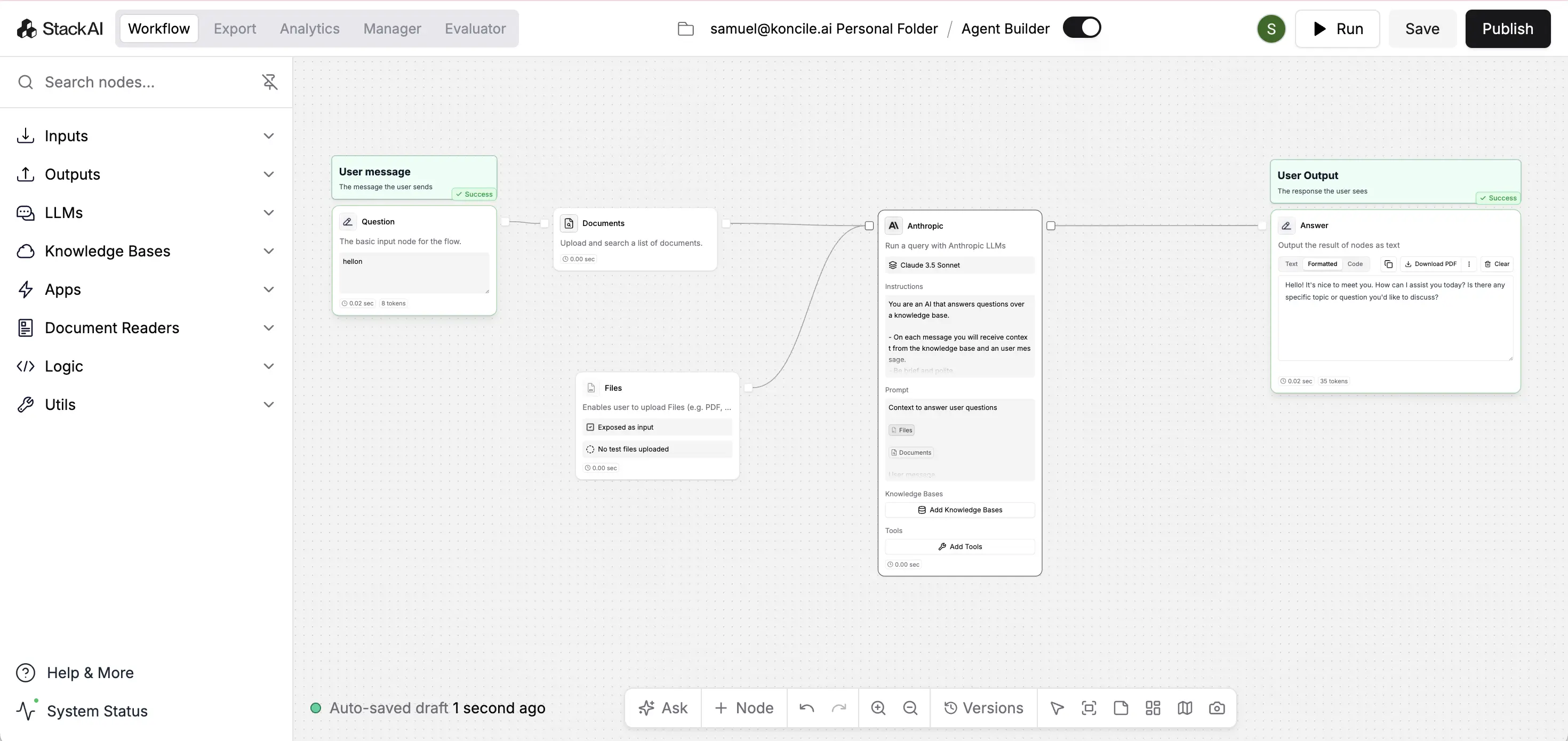

Relevance AI is strongly data-centric: its agents are built to tap into vector databases and analyze complex knowledge. The interface is modern, even playful, thanks to its gamified design.
That said, workflows can quickly become complex to manage, and costs rise fast when scaling.


AgentFlow clearly targets industries like finance and insurance. It allows companies to create, orchestrate, and monitor AI agents specialized in automating complex business workflows.
It’s not the most attractive visually, but it stands out for its focus on governance, supervision, and compliance, which is often more important than aesthetics in these industries.
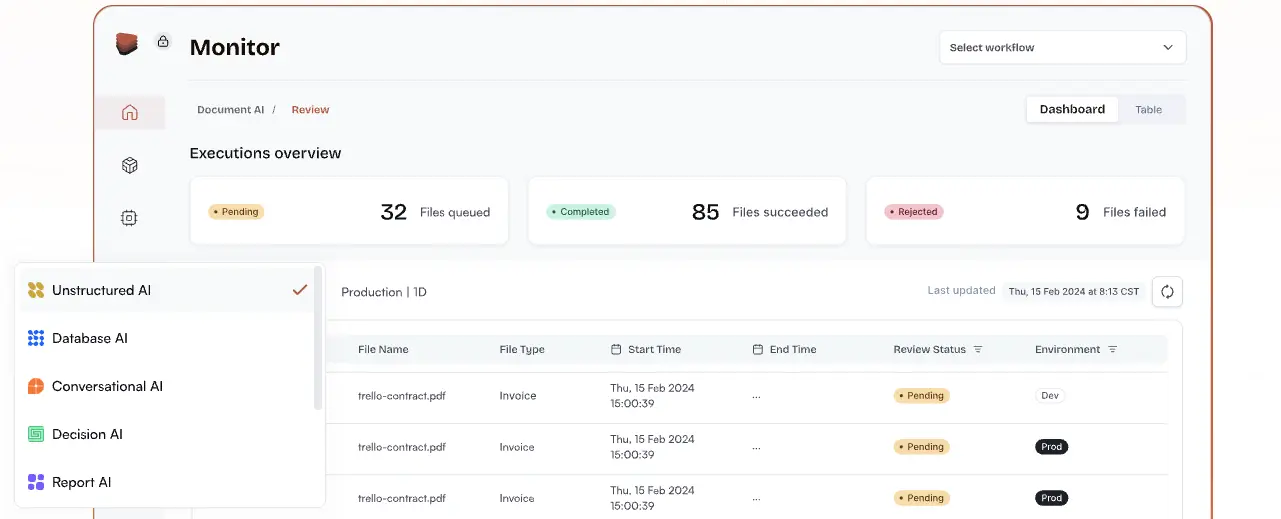

Adept specializes in automating interactions with SaaS applications. Its multimodal approach (text, images, actions) goes further than a simple chatbot.
The promise is ambitious: automate end-to-end processes inside SaaS tools. But in practice, the product is still maturing.


Beam AI presents itself as a rapid prototyping tool. The interface is simple, onboarding is fast—ideal for testing ideas or launching an MVP.
The downside: it quickly reaches its limits when you try to scale to enterprise-level deployments.


MindStudio bets on simplicity, especially with its Chrome extension. It’s a no-code tool that makes things practical, often compared to StackAI or Relevance AI.
A good choice for small projects, but it may lack depth for heavier use cases.
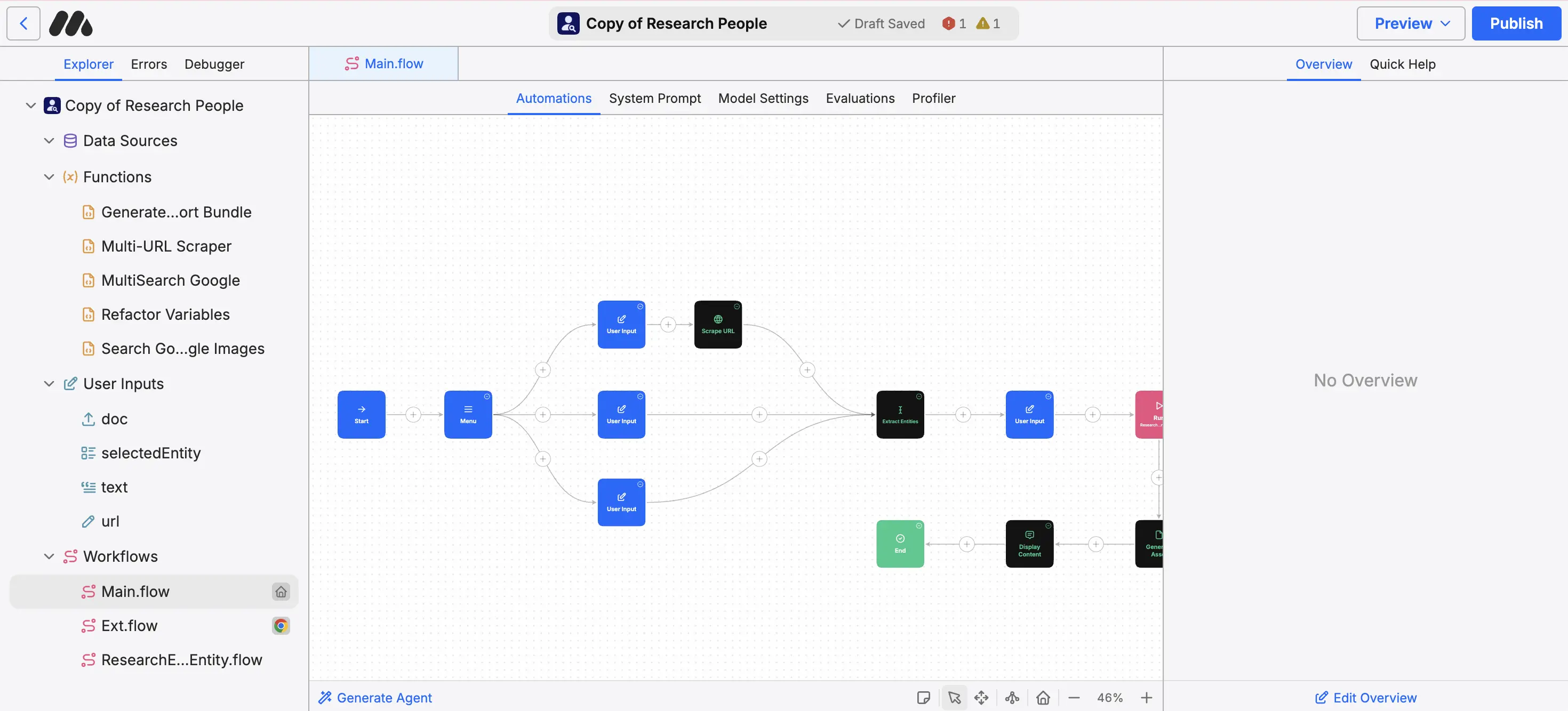

Gumloop innovates with a feature that lets you create an agent directly from a simple prompt. That makes the experience far more accessible, especially for non-technical profiles.
The positioning is still a bit blurry, but the concept appeals to teams who want to experiment quickly without technical barriers.


Relay is well known for its intuitive visual interface, based on a drag-and-drop canvas. It combines classic automation with AI intelligence, offering built-in models and lots of templates.
Probably the most accessible tool on this list for non-technical users—without giving up flexibility and customization.
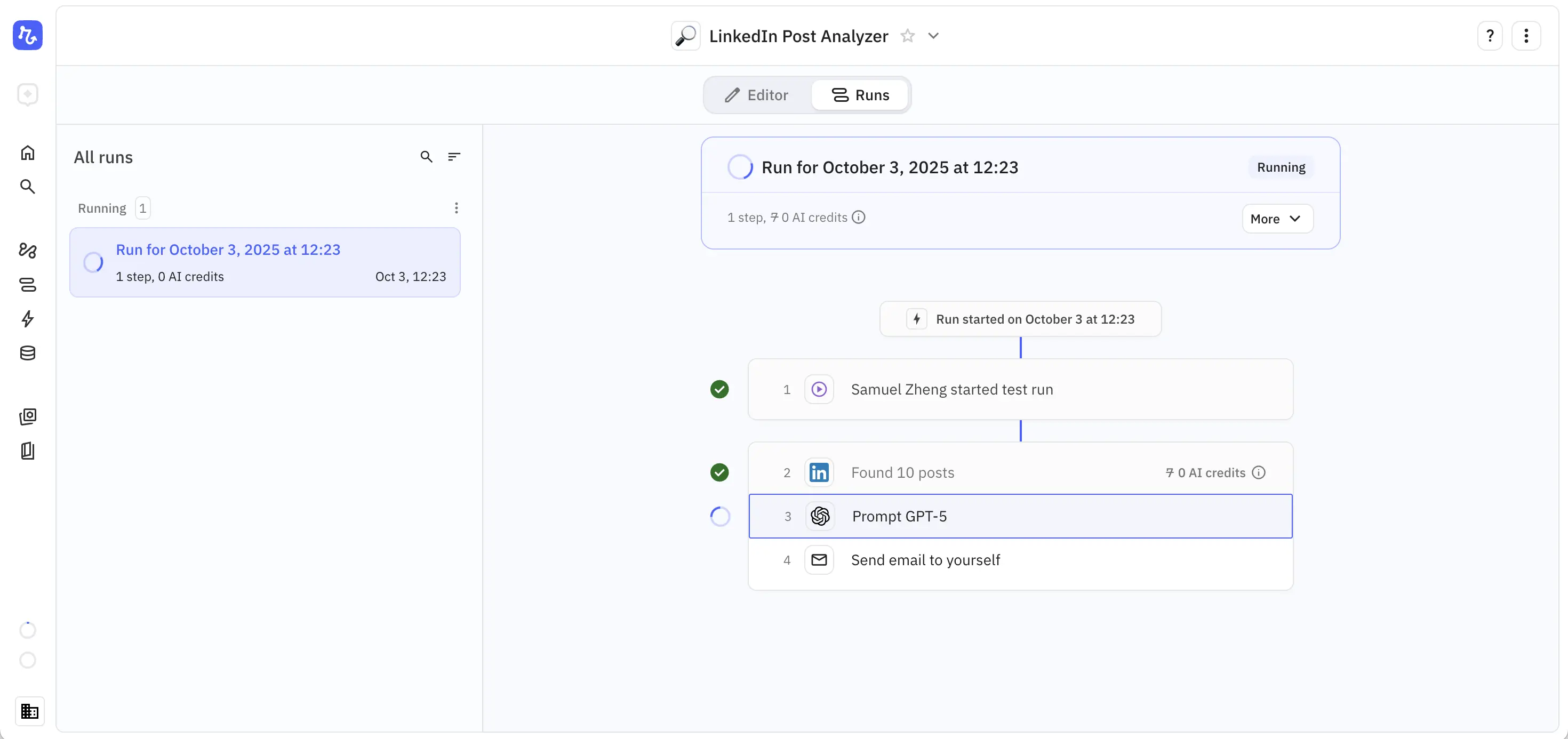
Move to document automation
With Koncile, automate your extractions, reduce errors and optimize your productivity in a few clicks thanks to AI OCR.
Resources

Discover the top 5 software for parsing email attachments in 2025. Automate extraction of PDFs, images, CSVs and improve workflow efficiency.
Comparatives

Automatically detect errors and fraud in supplier invoices. Learn how AI invoice verification software connects to your ERP to match POs and pricing grids, ensure compliance, and cut hidden costs.
Tutorials
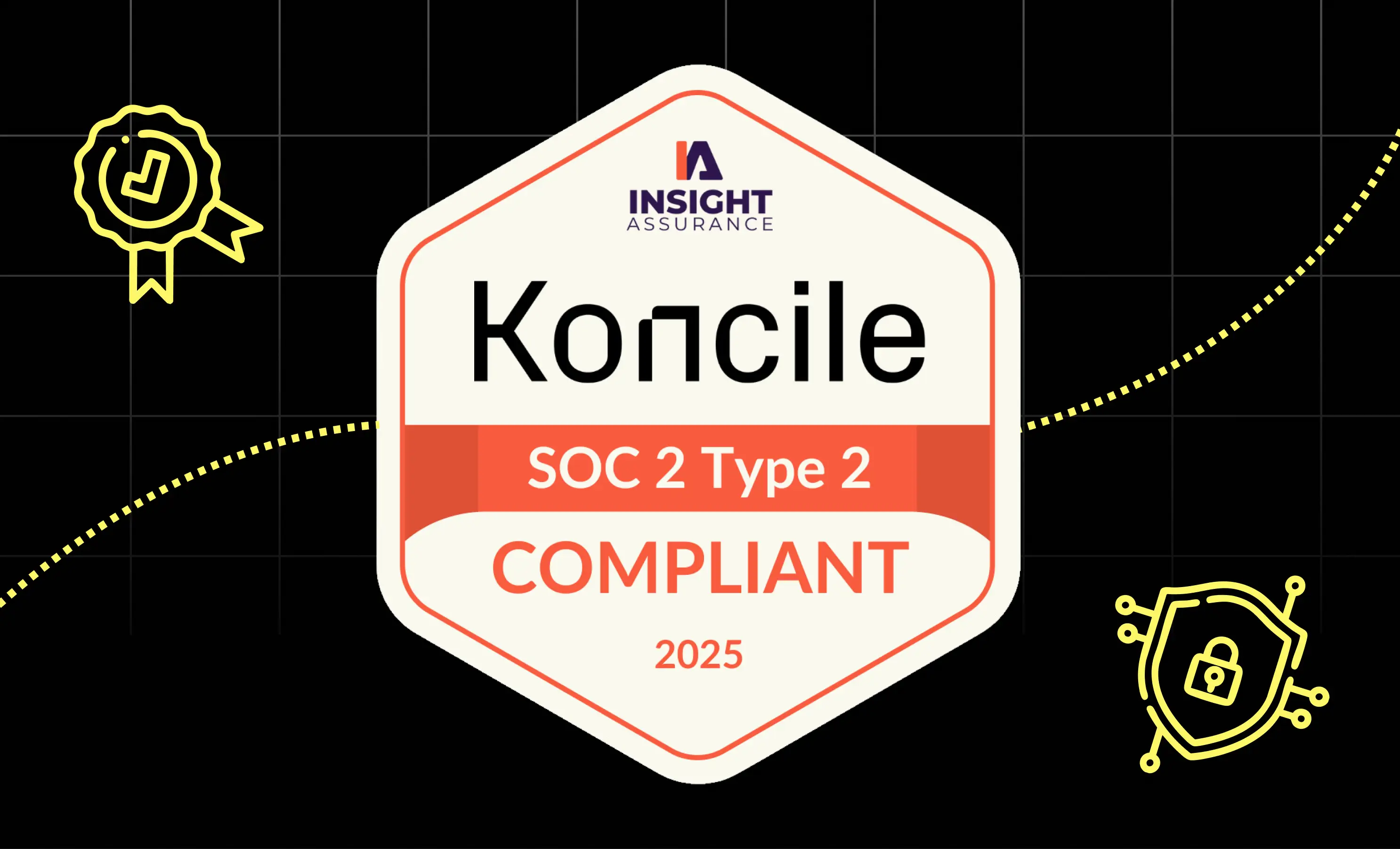
Koncile is now SOC 2 certified, reinforcing our commitment to security, reliability, and world-class data protection for all customers.
News